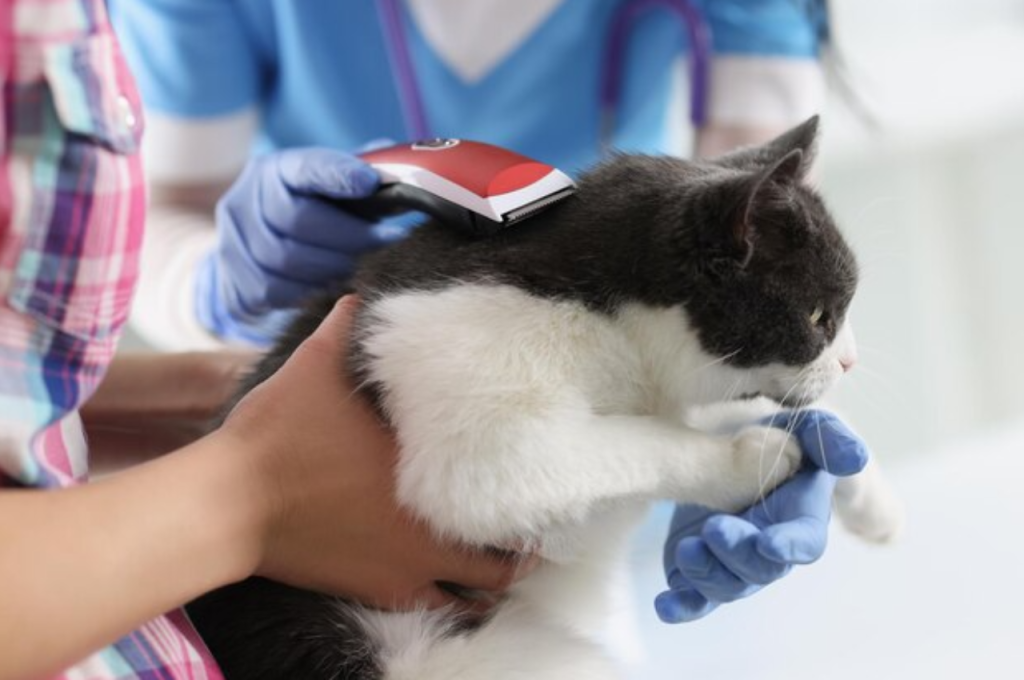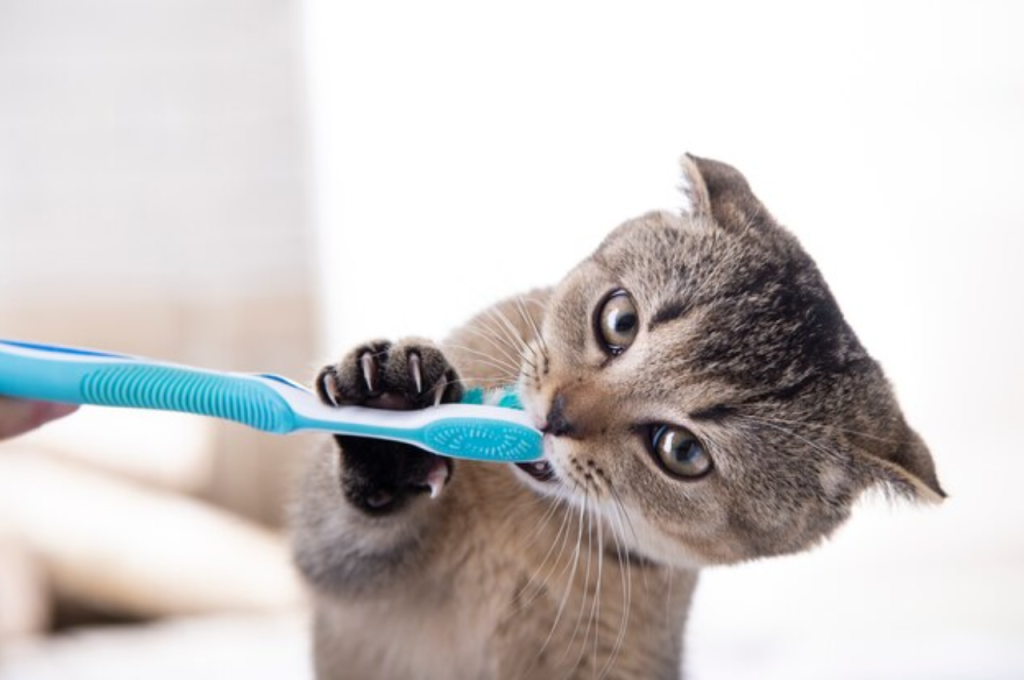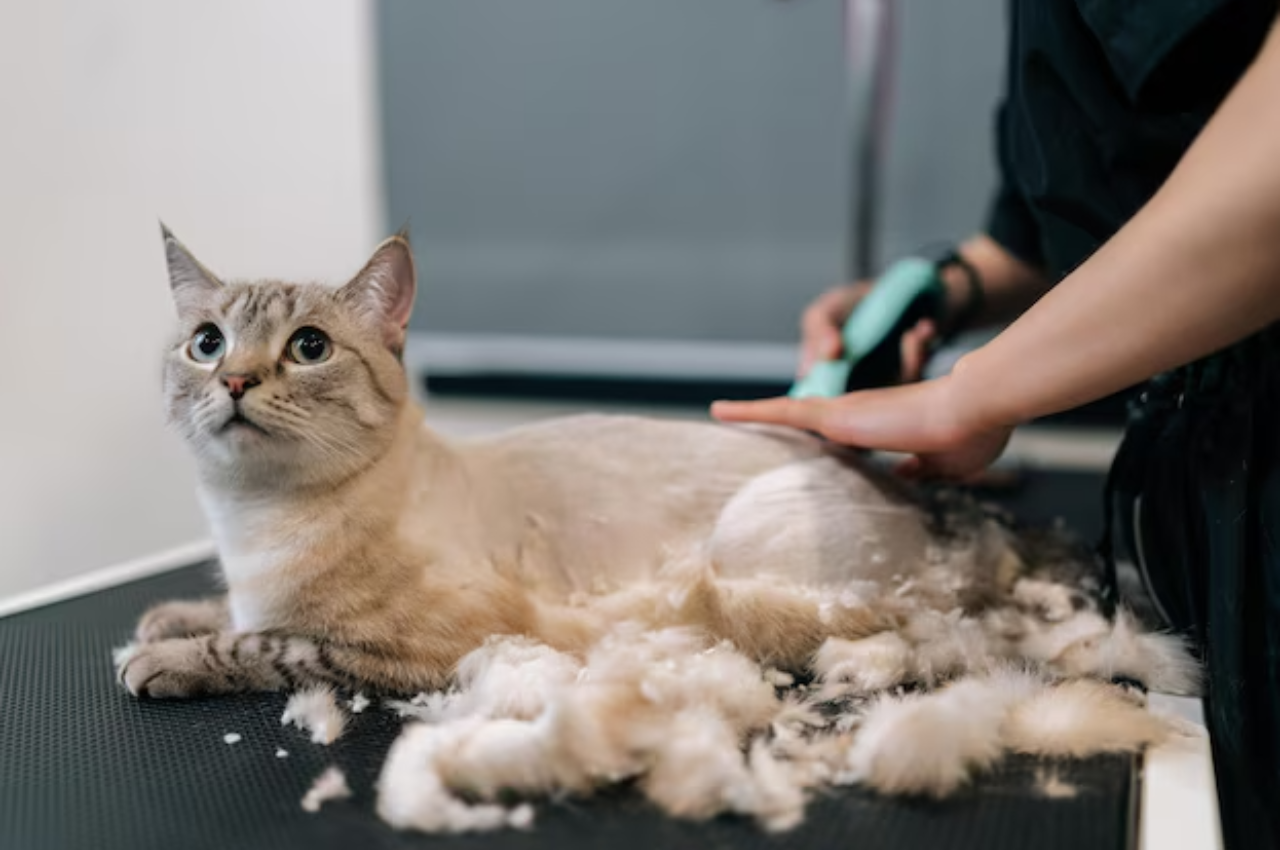Shaving your cat can provide several benefits, such as reducing shedding and preventing the matting of fur. It can also help keep your cat cool during hot weather and make it easier to spot any skin issues or parasites.
Additionally, shaving can make grooming and maintenance more manageable for both you and your cat. However, it is important to consult with a professional groomer or veterinarian before proceeding with shaving, as it may not be suitable for all cats and could potentially cause harm if not done correctly. Proper research and guidance are essential to ensure the well-being and comfort of your feline companion.
Introduction to Cat Grooming
When it comes to cat grooming, there are various methods and techniques to keep your feline friend looking and feeling their best. One of the most debated topics in the world of cat grooming is whether or not shaving your cat can be beneficial. In this article, we will explore the basics of feline fur care, debunk common grooming myths, and discuss the potential benefits of shaving your cat.

The Basics of Feline Fur Care
Proper grooming is essential for maintaining the health and well-being of your cat. Regular brushing helps to prevent matting, reduce shedding, and promote healthy skin and coat. Brushing also allows you to check for parasites or skin abnormalities that may require veterinary attention.
- Regular brushing prevents matting and reduces shedding
- Promotes healthy skin and coat
- Enables checking for parasites and skin abnormalities
Common Grooming Myths
There are several myths surrounding cat grooming that can lead to misconceptions about the best practices for keeping your cat clean and comfortable. One common myth is that shaving a cat’s fur can help them stay cool in the summer. In reality, a cat’s coat provides insulation and protection from the sun, so shaving them can actually increase their risk of sunburn and skin damage.
- Shaving a cat’s fur does not help them stay cool in the summer
- A cat’s coat provides insulation and protection from the sun
- Shaving can increase the risk of sunburn and skin damage
The Debate Around Shaving Cats
The debate around shaving cats centers on whether it provides any real benefits. Some cat owners consider shaving their cats to reduce shedding, help with heat management, or prevent matting in long-haired breeds. However, many experts caution against it, as a cat’s fur plays a crucial role in temperature regulation and protection against environmental elements. Shaving can sometimes lead to skin irritation or sunburn, especially in outdoor cats.
Pros and Cons
Shaving cats can have both advantages and disadvantages. Let’s take a look at the pros and cons of this practice.
Pros:
- Reduces shedding
- Helps prevent matting
- Cools the cat in hot weather
- May aid in managing allergies
Cons:
- Can cause stress to the cat
- Risk of sunburn and skin damage
- May interfere with the cat’s natural temperature regulation
- Regrowth can be uneven and patchy
Expert Opinions
Opinions among experts vary when it comes to the practice of shaving cats. While some veterinarians and groomers advocate for shaving certain breeds, others argue against it, citing potential risks and stress to the animal.
Health Implications
When it comes to shaving your cat, it’s crucial to consider the health implications. This includes understanding the impact on your feline friend’s skin protection and risks, as well as the effects on their temperature regulation.
Skin Protection and Risks
Shaving a cat can compromise their skin protection, leaving them susceptible to sunburn, irritation, and potential skin damage. The removal of fur exposes their delicate skin to external elements, which can lead to discomfort and vulnerability to infections.
Impact on Temperature Regulation
Shaving a cat can disrupt their natural ability to regulate body temperature. Their fur acts as insulation, helping to keep them cool in warmer climates and warm in cooler conditions. Removing this natural insulation through shaving can disrupt their thermoregulation, potentially leading to overheating or difficulty in staying warm during colder seasons.
Psychological Effects
Discover the psychological effects of shaving your cat. While some believe it benefits their well-being, experts advise against it due to potential stress and discomfort for the feline. Careful consideration is essential before deciding to shave your pet.
Stress and Behavior Changes
Shaving your cat can have a significant impact on their psychological well-being. Cats are creatures of habit, and any change to their routine or appearance can cause stress and anxiety. When a cat’s fur is shaved, they may feel exposed and vulnerable, leading to behavioral changes such as hiding, avoiding contact, or becoming more aggressive. This can be especially true if the cat is used to having long hair and suddenly feels naked without it. It’s important to monitor your cat’s behavior closely after shaving to ensure they are adapting well and not experiencing any negative effects.
Adapting to a New Look
While cats may initially be stressed by a drastic change in their appearance, they can also adapt surprisingly quickly. Shaving your cat can help them feel more comfortable in hot weather, reduce the risk of matting and hairballs, and make grooming easier. Once your cat adjusts to their new look, they may even enjoy the freedom of movement and cleanliness that comes with a freshly shaven coat. However, it’s important to ensure your cat is comfortable and not experiencing any negative effects before deciding to shave them again in the future.
In conclusion, while there may be some psychological effects to consider when shaving your cat, it can also have many benefits for their health and well-being. It’s important to weigh the pros and cons and make an informed decision based on your cat’s individual needs and personality. If you do decide to shave your cat, be sure to monitor their behavior closely and provide plenty of love and attention to help them adjust to their new look.
Grooming Alternatives
When it comes to grooming your cat, shaving is not the only option. There are other alternatives that can help maintain your cat’s coat and overall health.

Regular Brushing Benefits
Regular brushing benefits your cat by maintaining a healthy and shiny coat, reducing shedding, and preventing hairballs. It also helps to remove dirt, debris, and loose fur, which can prevent matting, especially in long-haired breeds. Additionally, regular brushing promotes better circulation, distributing natural oils across the skin and fur, and providing an opportunity to check for any signs of fleas, ticks, or skin issues. Brushing your cat can also be a bonding experience, reducing stress and making your cat more comfortable with handling, which is beneficial for overall grooming and veterinary visits.
Professional Grooming Services
Professional grooming services offer numerous benefits beyond what regular brushing can achieve at home. While regular brushing is essential for maintaining your cat’s coat, professional groomers provide deep cleaning, fur trimming, and specialized care that targets hard-to-reach areas. They can also identify potential skin issues, parasites, or matting that might go unnoticed during at-home grooming. Additionally, professional groomers use high-quality tools and products that enhance your cat’s coat health and overall hygiene. For cats that are prone to shedding or have long, dense fur, professional grooming ensures a thorough and comprehensive grooming experience, contributing to their comfort and well-being.
Special Considerations
When considering shaving your cat, there are special considerations to keep in mind. While shaving can help reduce shedding and prevent matting, it’s not always beneficial for all cats. Cats with certain health conditions or sensitive skin may experience irritation or discomfort after shaving.
Additionally, a cat’s fur provides natural protection against environmental elements like sunburn and temperature changes. Shaving might be helpful for long-haired breeds in hot climates or if they have severe matting, but it should be done carefully and preferably by a professional. Always weigh the potential benefits against the risks and consult with a veterinarian before deciding to shave your cat.
Breed-specific Advice
Different cat breeds may have specific needs when it comes to shaving. Persian cats, for example, have long fur that can easily become matted and may benefit from regular trims.
Dealing with Medical Conditions
If your cat has skin conditions, consult with a vet before shaving to avoid exacerbating any issues. Consulting a professional groomer is also recommended for cats with medical concerns.
How to Safely Shave Your Cat
To safely shave your cat, it’s crucial to use proper grooming tools and techniques. While shaving can help prevent matting and reduce shedding, it’s best to consult a professional groomer for expert care. Regular grooming sessions can benefit your cat’s overall health and comfort.
Choosing The Right Tools
When it comes to shaving your cat, it’s important to choose the right tools to ensure a safe and stress-free experience for both you and your feline friend. Invest in high-quality clippers with sharp blades, as dull blades can cause discomfort or even injury to your cat’s skin. You may also want to consider using different blade lengths for different areas of your cat’s body, such as a longer blade for the body and a shorter blade for sensitive areas like the face and paws. Additionally, make sure to have a pair of scissors on hand for trimming any hard to reach areas.
Step by step Guide
Before you begin shaving your cat, it’s important to make sure they are comfortable and relaxed. Give them a thorough brushing to remove any tangles or mats, and consider using a calming spray or pheromone diffuser to help ease any anxiety. It’s also a good idea to have a second person on hand to help keep your cat still and calm during the shaving process.
- Start by using the clippers to shave the larger areas of your cat’s body, such as the back and sides. Use long, smooth strokes, and be careful not to press too hard, as this can cause discomfort or injury.
- For sensitive areas like the face and paws, switch to a shorter blade and use gentle, careful strokes. You may also need to use scissors to trim any hard-to-reach areas.
- Take frequent breaks to give your cat a chance to stretch, move around, and relax. This can help prevent them from getting too stressed or uncomfortable during the shaving process.
After you’ve finished shaving, give your cat a thorough bath to remove any loose hair or debris. Be sure to use a gentle, cat-friendly shampoo and avoid getting water in their eyes or ears. Remember, shaving your cat can be a challenging and time-consuming process, so it’s important to take your time and be patient. If you’re not comfortable doing it yourself, consider taking your cat to a professional groomer who can safely and effectively shave it for you.
Concluding Thoughts
Overall, it’s not recommended to shave your cat unless there’s a medical reason to do so. Shaving can cause stress, skin irritation, and other health issues for your feline friend. It’s best to consult with a veterinarian before making any decisions regarding your cat’s grooming needs.
Weighing The Pros and Cons
Before deciding to shave your cat, it’s important to weigh the pros and cons. On the one hand, shaving your cat can help reduce shedding, prevent matting, and keep your cat cool in hot weather. On the other hand, shaving can lead to skin irritation, sunburn, and other health issues. It’s important to consider your cat’s breed, coat type, and overall health before making a decision.
Making The Best Decision for Your Pet
Ultimately, the decision to shave your cat should be based on what’s best for your pet. If your cat has a thick coat that’s prone to matting or overheating in the summer months, shaving may be a good option. However, if your cat has sensitive skin or is prone to sunburn, it may be best to avoid shaving. It’s always a good idea to consult with your veterinarian before making any major grooming decisions for your cat.

In conclusion, while there are potential benefits to shaving your cat, it’s important to consider the potential risks and make the best decision for your pet’s individual needs. By weighing the pros and cons and consulting with your vet, you can make an informed decision that will keep your cat healthy, comfortable, and happy.
Conclusion
In considering the benefits of shaving your cat, it is important to weigh the pros and cons. While it can help manage shedding and mats, consult a vet first. Remember, grooming practices should prioritize your cat’s comfort and well-being above all else. Always seek professional advice when in doubt.
